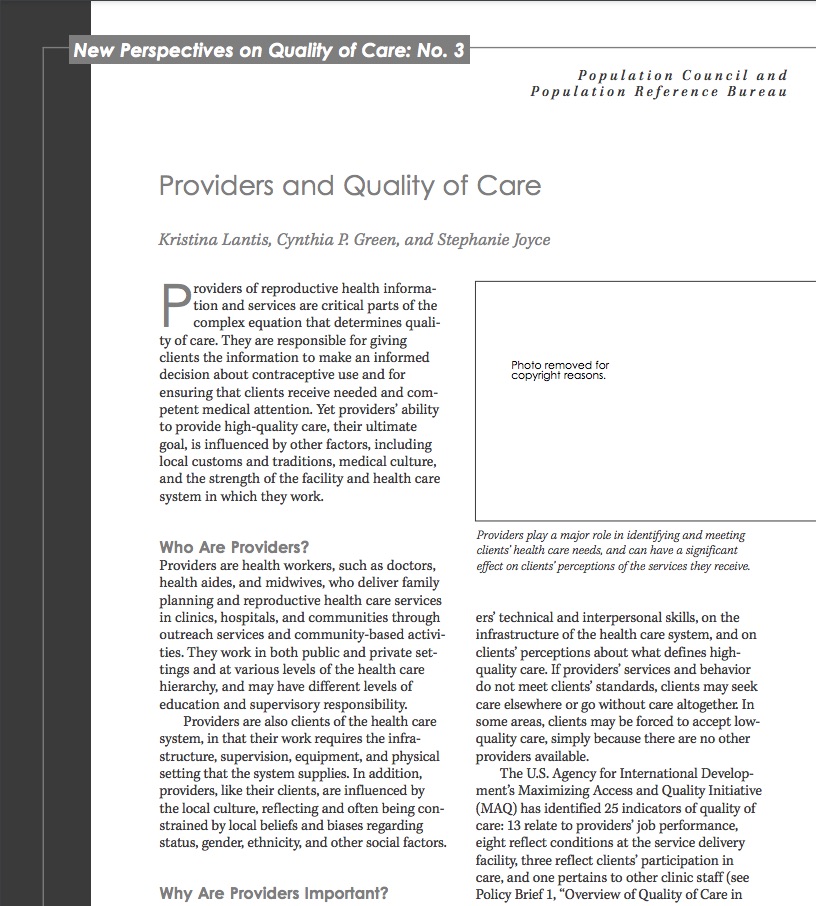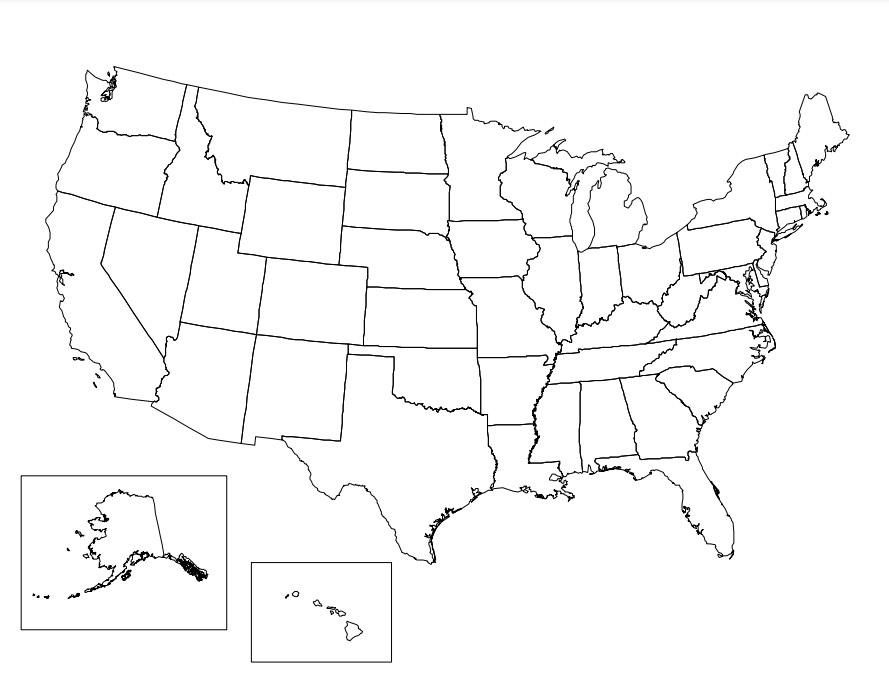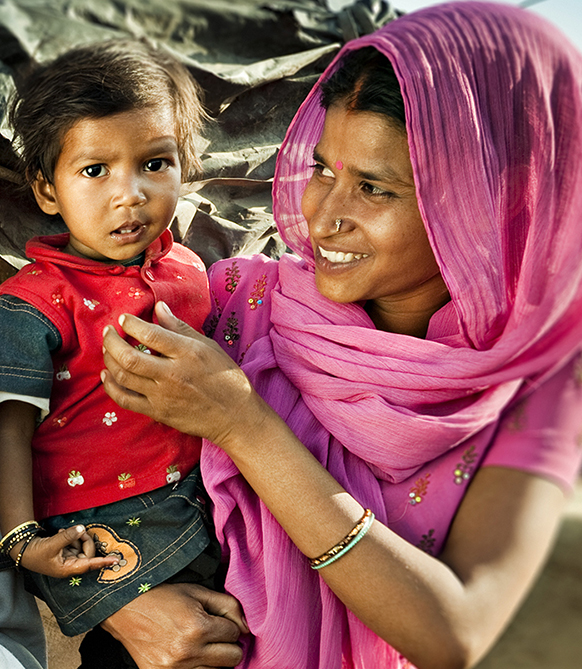Growth and Migration in the American Southwest: A Tale of Two States
5 takeaways from population data in Arizona and New Mexico

5 takeaways from population data in Arizona and New Mexico


(2002) Providers of reproductive health information and services are critical parts of the complex equation that determines quality of care. They are responsible for giving clients the information to make an informed decision about contraceptive use and for ensuring that clients receive needed and competent medical attention.

(2007) Blank map of the United States for use in lesson plans.
(2006) Over the past decade, a growing number of small population-environment field projects, funded principally by the David & Lucile Packard Foundation and the U.S. Agency for International Development (USAID), have achieved not only their main goals—which varied from increasing child immunization and family planning to protecting mangrove forests—but also helped reduce poverty within project areas.

What information does a census collect? The answer depends on when and where in time the census was taken.

Project: PACE: Policy, Advocacy, and Communication Enhanced for Population and Reproductive Health
A country’s age structure is primarily driven by its past fertility trends, which have important economic, social, and political implications.
In November 2007, an East Africa Population, Health, and Environment (PHE) network took shape at a conference convened by the Population Reference Bureau (PRB) and LEM Ethiopia, the Environment and Development Society of Ethiopia.
The BRIDGE project provided influential audiences in these countries and in the international development community with up-to-date information and the skills to interpret and use it for improving health policies and practices.